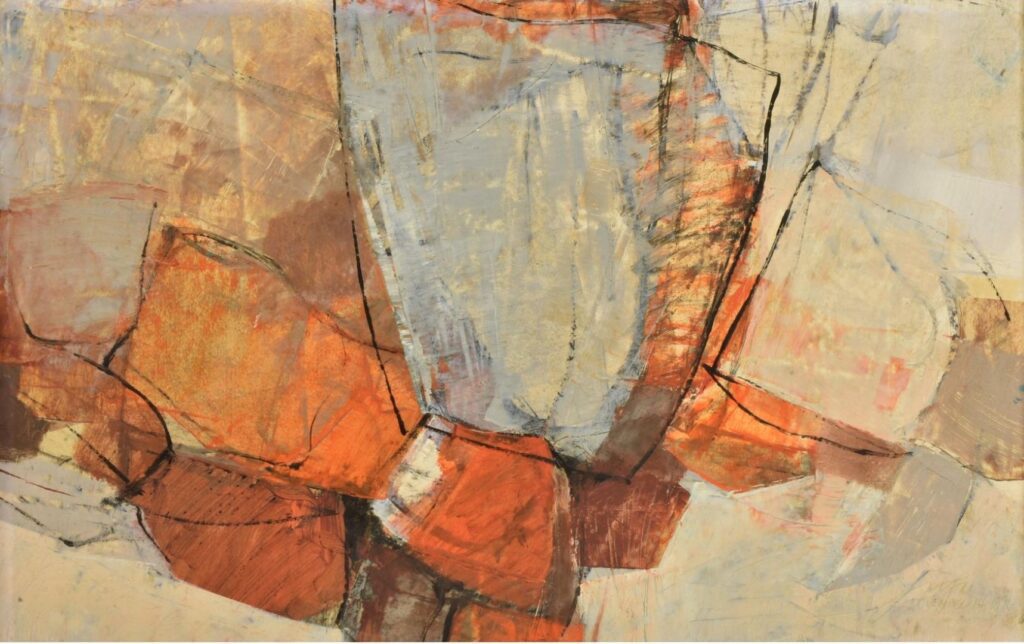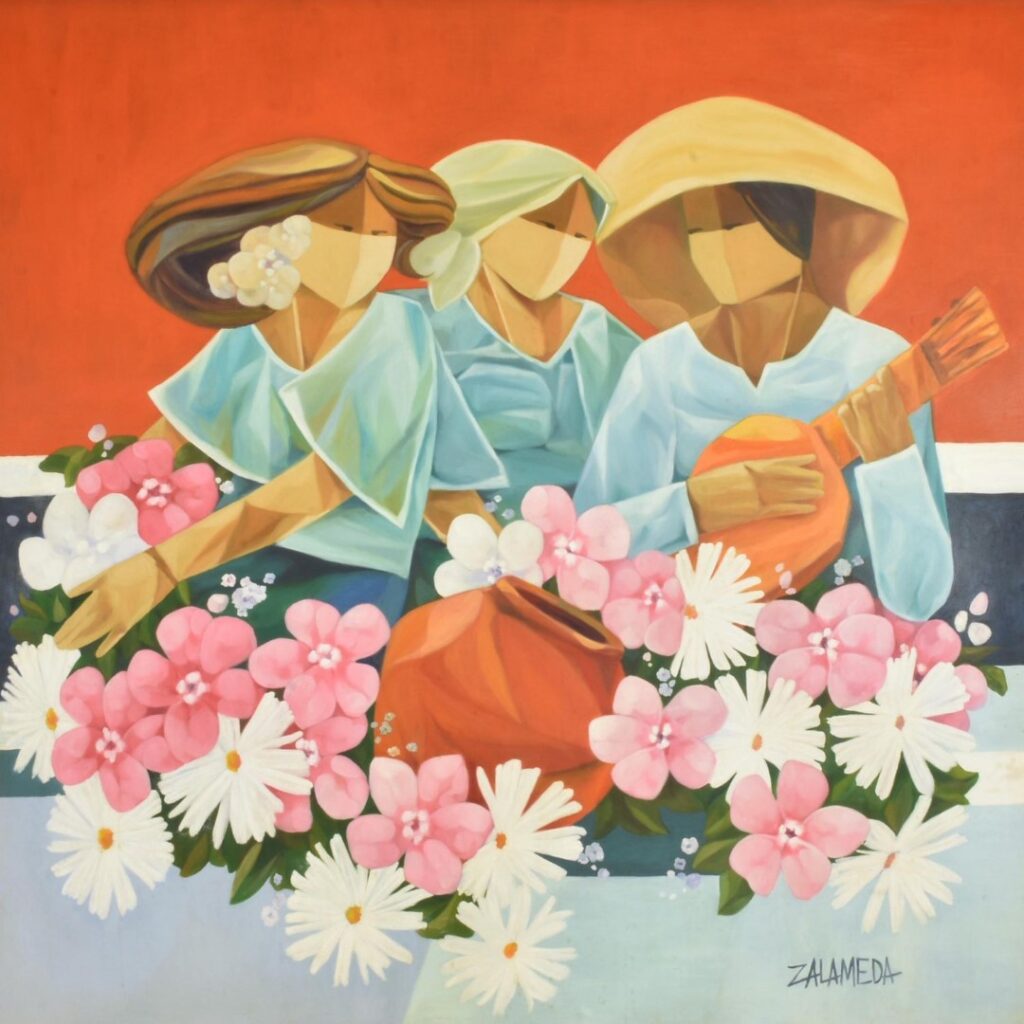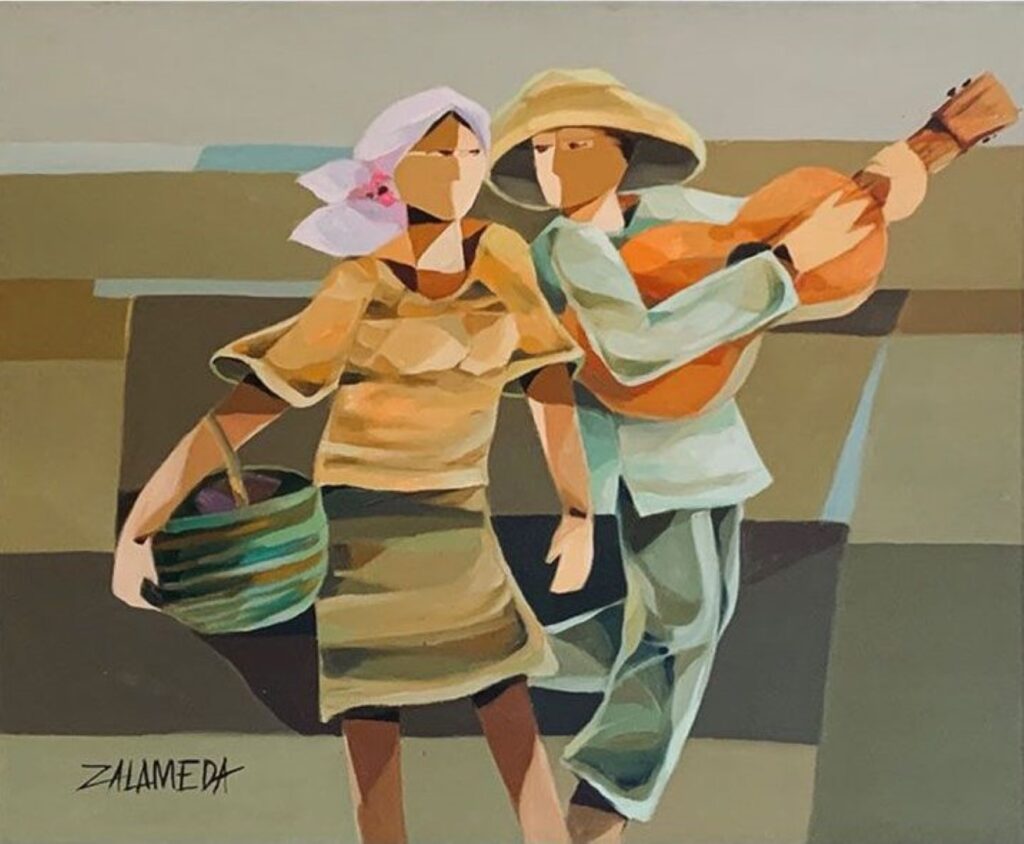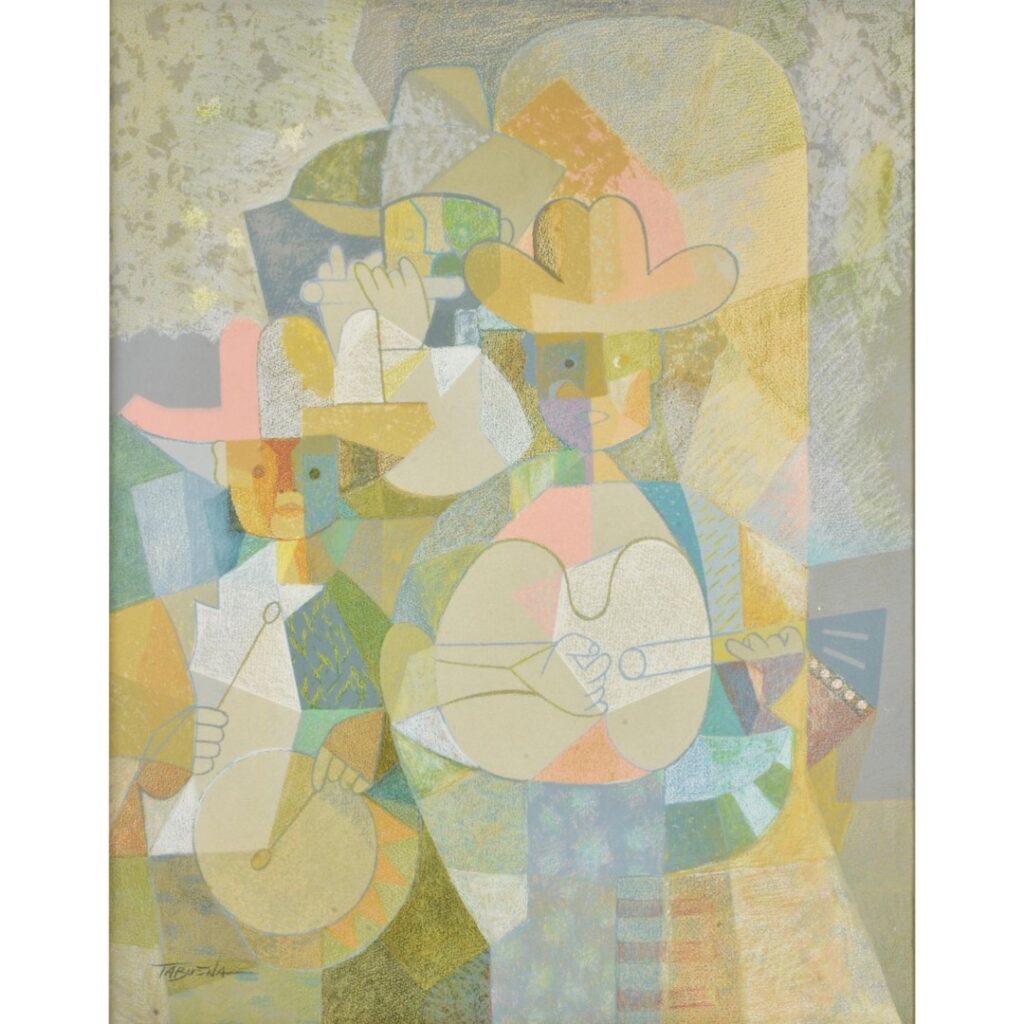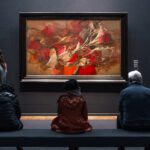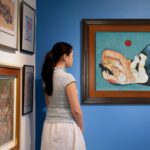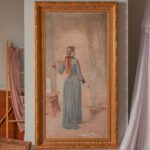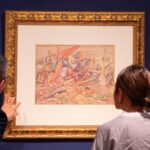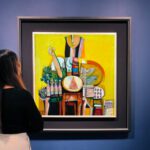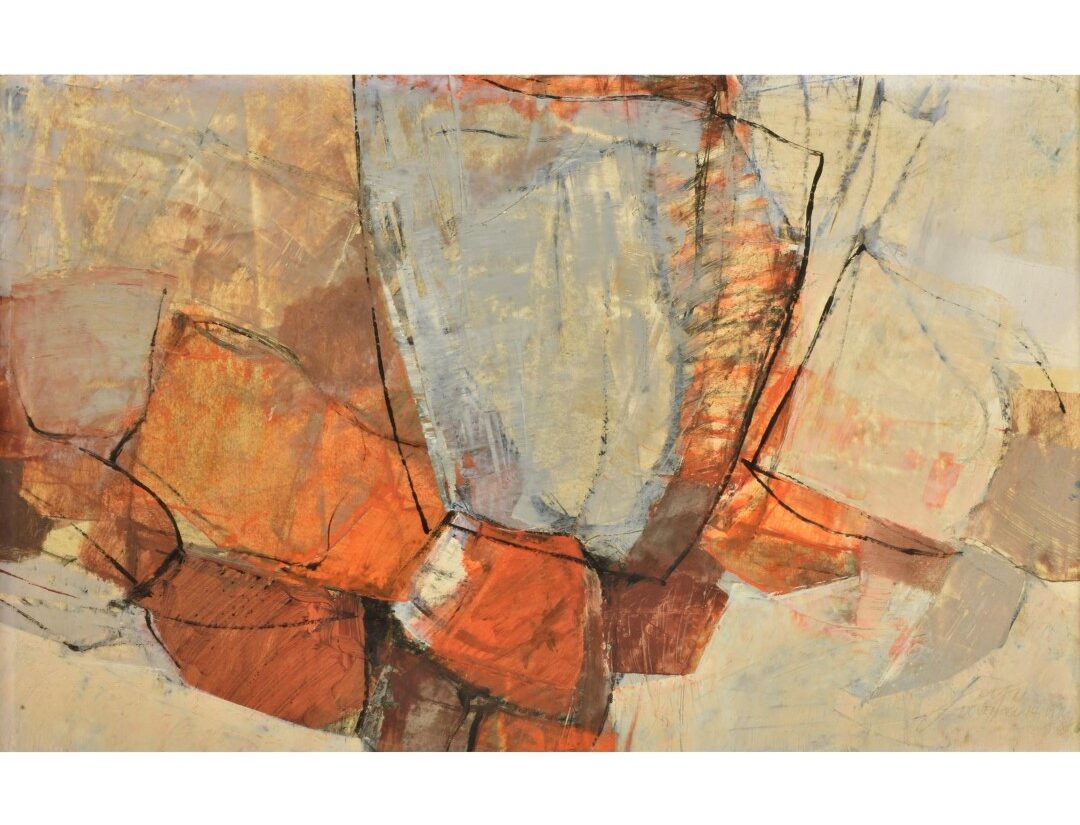
A Heritage of Romance: The ‘Harana’ and ‘Kundiman’ in Philippine Art
- 22 September 2020
Back in the day, courtship did not begin simply by swiping right on a dating app.
We’ve all heard our grandparents wax nostalgic about the ‘good old days’– when courtship required a concerted effort and took place in much more intimate settings, rather than on a screen. Our lolos would have had to put on a spectacle in order to woo their beloved. In those days, traditional Filipino values were profoundly intertwined with the accepted norms of courtship– which on their own held ritualistic elements.
In fact, grandiose expressions of love, such as the harana or ‘serenade,’ used to be commonplace in our society. Luckily, this distant memory is lovingly preserved through visual art. Several artists featured in this year’s The Well-Appointed Life ‘Important Philippine Art’ sale on 26 September dwell on these immensely nostalgic themes that are closely tied with the enduring legacy of our traditions.
The term ‘harana’ is often used interchangeably with ‘kundiman.’ The difference between these two terms is subtle, but its importance speaks volumes about our past. The harana, unlike the kundiman, could only be expressed in Tagalog – the inclusion of Spanish words would immediately identify the song as a kundiman.
One of the country’s greatest modernists, National Artist Jose Joya studied in Spain in 1954, after being awarded a one-year grant by the Spanish government. There, he may have found the inspiration for this piece. His brilliant ability to invoke intense emotions even in his abstract paintings is undeniable. In Kundiman, Joya uses a fiery color palette to skillfully juxtapose the feeling of passion found in this painting. Even the lilting air of romance linked to the physical act of the serenade itself is exhilaratingly captured on the artist’s canvas.
Oscar Zalameda has been known to create works of art that celebrate rural life. In these two paintings, Zalameda depicts classic scenes amidst the innocent playfulness of courtship.
In Untitled (Serenade), Zalameda touches upon the deep involvement of the community in the act of courtship– because in the Philippines, the courtship doesn’t just involve two people, but their families as well. This stemmed from the respect that the man is expected to have not just for the woman, but for the community of people who loved and raised her– this was considered key to a successful courtship.
Here, Zalameda uses geometric shapes in the composition of his figures to echo the lighthearted movements associated with the performative aspect of the harana– the figures appearing almost linked in a ritualistic dance.
A lighter side of community is brought to life in Romeo Tabuena’s pastel-colored work, in which he uses a transparent cubist technique. The influence of Latin musical practices is apparent in the painting– one can create an immediate link with the mariachi bands of his adoptive Mexico.
Coincidentally, it was these same Latin music practices that inspired the creation of the harana. Its origin traces back to the Spanish colonial period in the country, but the harana as we know it today grew in popularity during the 1930s.
The harana is, first and foremost, a communal performance– it’s never done alone. Together with their closest friends, our brave lolos would band together, visit the house of the woman they intended to marry, and perform the serenade– the ultimate form of expressing one’s love. The vibrant spirit of kinship is expertly depicted here by Tabuena.
One can certainly argue that apart from being essential to courtship, the harana is a celebration of our country’s rich linguistic heritage as well as our enduring traditions. It may have first been inspired by Western cultures, but it has since evolved into a tradition that is entirely our own.
These featured artworks will be offered at the ‘Important Philippine Art’ sale as part of ‘The Well-Appointed Life’ live and online auction on Saturday 26 September, 2 pm. To view the entire catalogue, click here.
